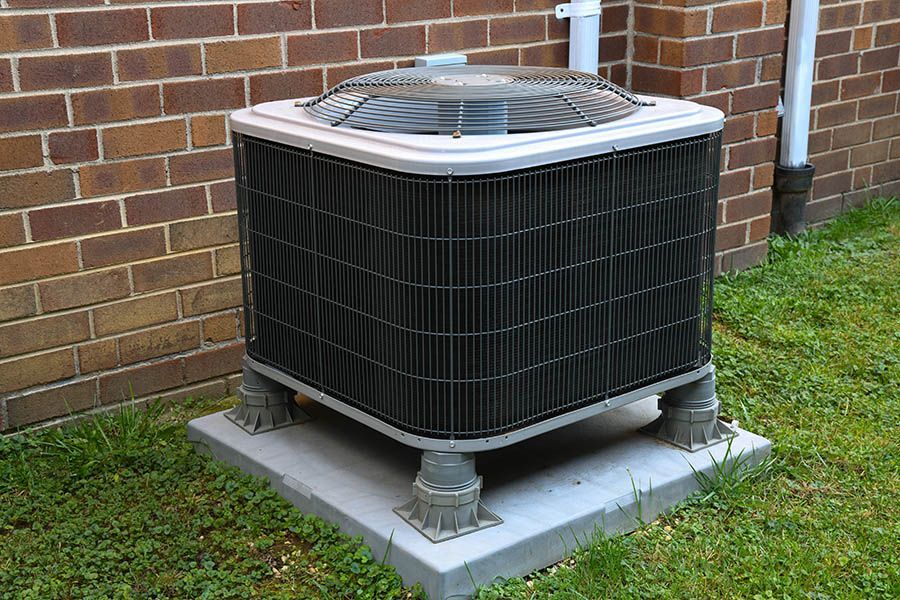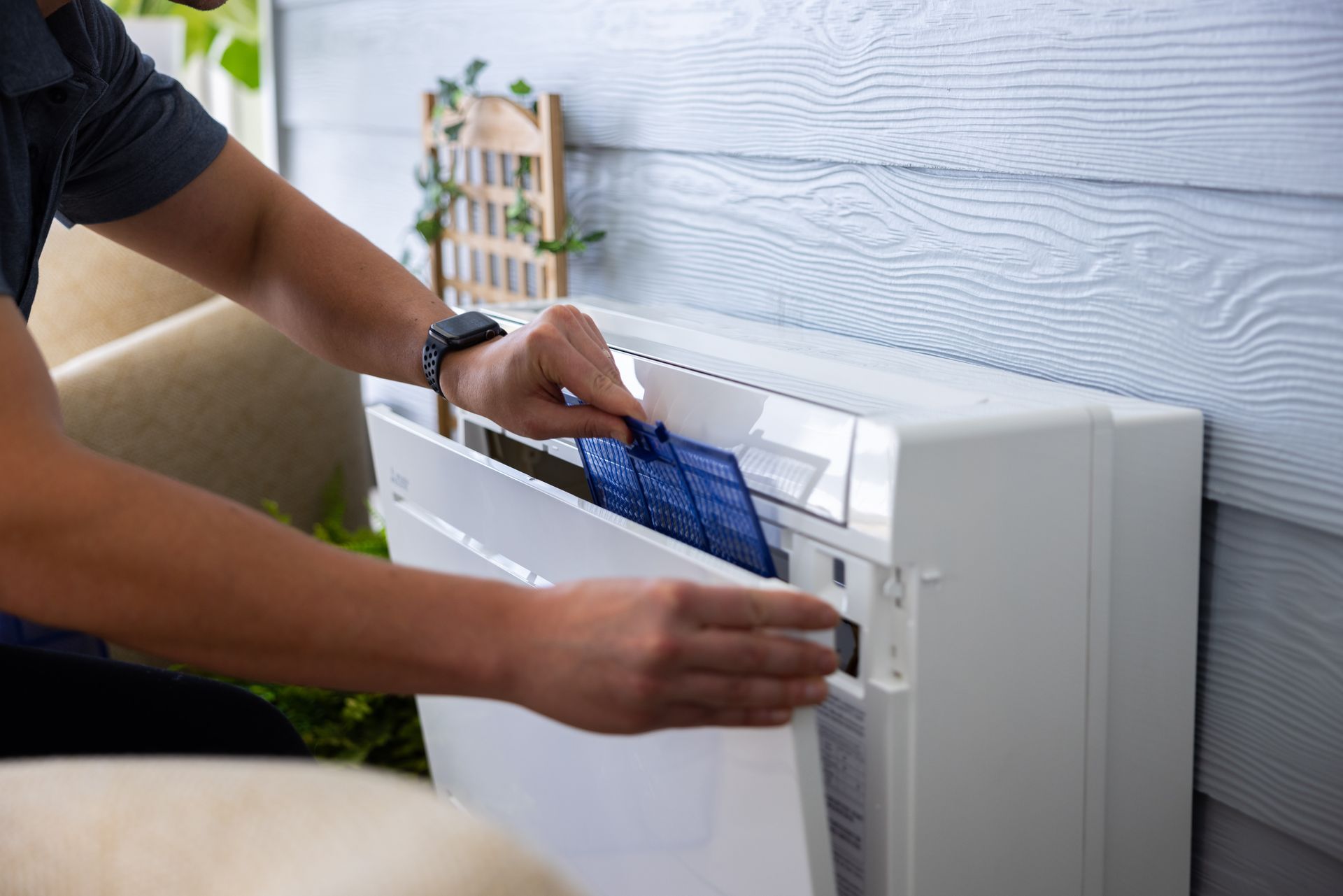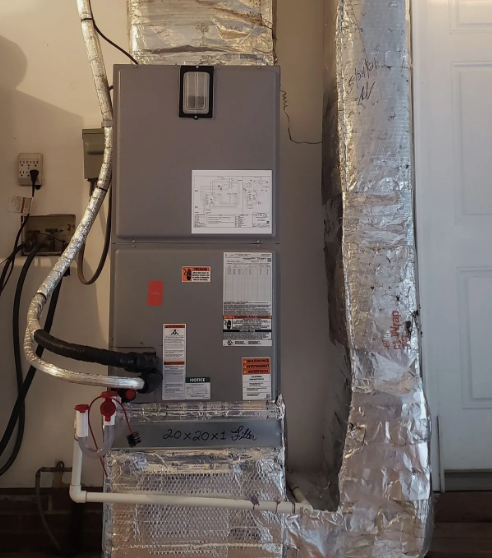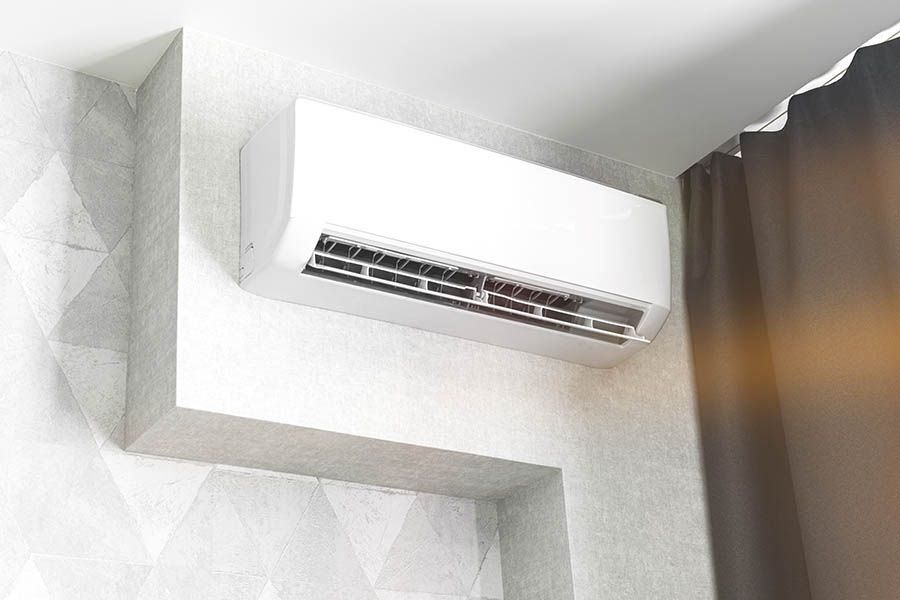
Over the years I have been asked many, many times by homeowners if they should try installing a heat pump themselves. The answer has always been and always will be a NO. There are many reasons behind why you should seriously consider hiring a licensed professional to install your whole home ducted heat pump or a ductless mini split.
First and foremost, most manufacturers will claim that you don’t need special tools to install their equipment in most cases this is false the most common tool needed is the flare tool. This tool will allow you to make the connections necessary on the copper lines that hold the refrigerant. These lines need to be connected between the indoor unit and the outdoor condensing unit and they typically run inside slim duct, which is plastic raceway used to hide the electrical and refrigerant piping and wires. Most homeowners do not have the capability, knowledge or skills required to make this connection without causing a problem with the flare that will eventually lead to the refrigerant leaking out which will cause the unit to fail.
Another reason to hire a professional is the warranty, usually these do-it-yourself brands do not come with a warranty so when you are finished installing your mini split, turn it on, and it doesn’t work properly or not at all, who can you turn to? Most companies offer an installation warranty which will guarantee their work for a specific period of time. Most contractors can offer extended periods of manufacturer warranty for an extra cost or due to their status with the manufacturer. By hiring a licensed, certified contractor you are putting the burden of a proper install and efficiently running heat pump in the hands of a professional who does this kind of work to make a living, probably a smarter bet.
If you are like me and an individual who places a tremendous amount of attention to your carbon foot-print and the eco-impact your existence makes on the world. Consider this. One single CFC molecule, the chemical makeup of most refrigerants inside the heat pump systems, can destroy up to one hundred thousand ozone molecules. So for every splash, ounce, squirt or oops with refrigerant is extremely costly to the environment. So again, leave the handling of materials that destroy the ozone to professionals that are licensed by the EPA to handle such chemicals. (Most HVAC technicians carry this valuable certification.)
If we haven’t made enough points on why you should consider hiring a licensed professional to install your minisplit, let us explain a few more key points and one that is extremely important. Craftsmanship… It seems these days its rare to find that “old guy” that has been in his trade for 30-40 years and is a true professional, having dealt with every aspect of things that can go right and wrong with an install. At Metrowest MiniSplits we have over 50 years of combined field installation experience with heating and cooling equipment and we are licensed professionals ready to help you with your project and ensure it goes according to your plan. We have seen the mistakes, we have made them, we have corrected every conceivable problem that a heat pump or heating system could have, and we are here to help you serving Southborough, MA and the surrounding Metro West communities.






